Gartner: 10 Semiconductor Vendors With The Most Market Share In 2015
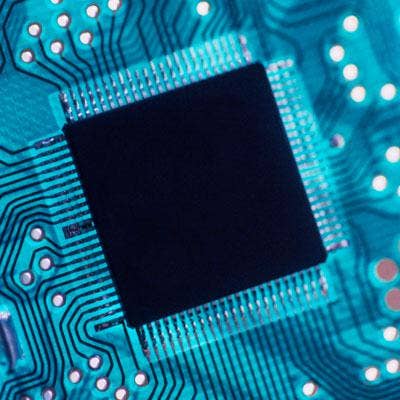
Worldwide Semiconductor Revenue Declines In 2015
The semiconductor industry underwent several changes and challenges in 2015, including a flurry of mergers and acquisitions, slowing demand for key applications, and currency fluctuations.
Overall, worldwide semiconductor revenue declined 2.3 percent in 2015 from the year before, according to a report by market research firm Gartner.
"The worldwide semiconductor market declined in 2015 as slowing demand for key applications combined with strong currency fluctuations to subdue the market," said Andrew Norwood, research vice president at Gartner, in a statement. "2015 saw a mixed performance by the different device categories, unlike 2014 when all categories posted positive growth.’
Following are the top 10 semiconductor vendors with the most market share in 2015.
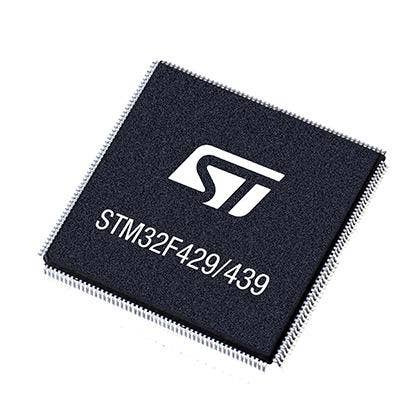
10. STMicroelectronics
STMicroelectronics, a Geneva, Switzerland-based semiconductor manufacturer, was the 10th worldwide vendor with the most market share in 2015. The company took 2 percent of market share in 2015. STMicroelectronics also had $6.8 billion in annual revenue in 2015, down 7.8 percent from 2014.
STMicroelectronics specializes in embedded processing, with applications for automation, the Internet of Things, computer and personal multimedia -- as well as verticals such as transportation, health care and communications.
Most recently, STMicroelectronics invested in connected cars, releasing new products and solutions for IoT and smart driving at Mobile World Congress and introducing secure microcontrollers for connected cars.
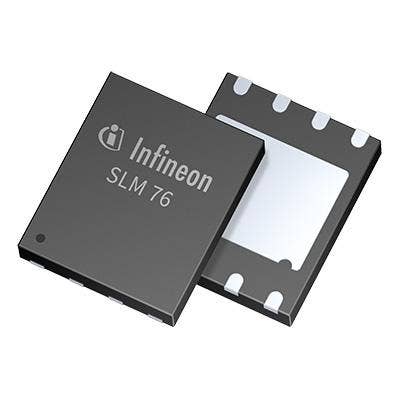
9. Infineon Technologies
Infineon Technologies, a Germany-based semiconductor manufacturer, tied with STMicroelectronics to take 2 percent share of the worldwide semiconductor market. The company’s revenue in 2015 totaled $6.8 billion, up 19.6 percent from the year before -- experiencing the strongest growth among the top vendors.
In 2015, Infineon Technologies acquired International Rectifier, expanding the company’s expertise in power semiconductors and combining leading knowledge in compound semiconductors, namely Gallium Nitride.
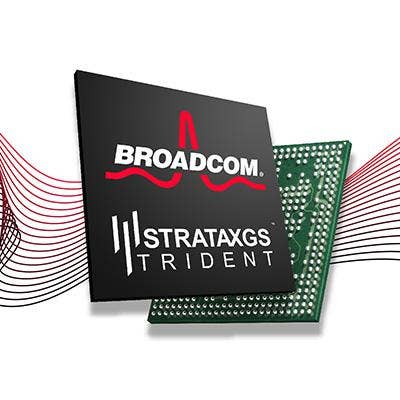
8. Broadcom
Broadcom was the eighth top semiconductor vendor worldwide in 2015 with the highest revenue. The Irvine, Calif.-based company took 2.5 percent of market share in 2015, with $8.3 billion in annual revenue.
Broadcom is one of the many companies impacted by the semiconductor industry’s high levels of merger and acquisition activity. In May, chipmaker Avago Technologies unveiled its plans to acquire Broadcom for $37 billion in cash and stock. The two companies offer a combined a range of products to communications companies, including wires and wireless communications semiconductors. The combined company was renamed Broadcom Limited and the acquisition closed in February.
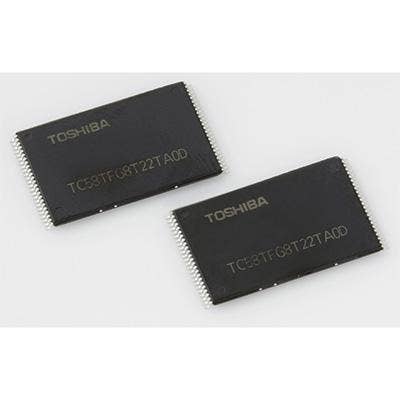
7. Toshiba
Toshiba took 2.7 percent of the semiconductor industry’s market share, with annual revenue in 2015 of $9.1 billion. According to Gartner, the Japanese company’s revenue in 2015 slipped 14.1 percent from the previous year.
Toshiba’s semiconductor business, which sells memory chips to Apple and other smartphone makers, competes against Samsung, among other rivals. Toshiba struggled in 2015, grappling with an accounting issue and a management shakeup after stating it had overstated profits by nearly $1.3 billion over seven years.
Looking forward to 2016, the company is tightening its focus on its semiconductor unit by investing up to $3.2 billion in a new factory for flash memory chips.
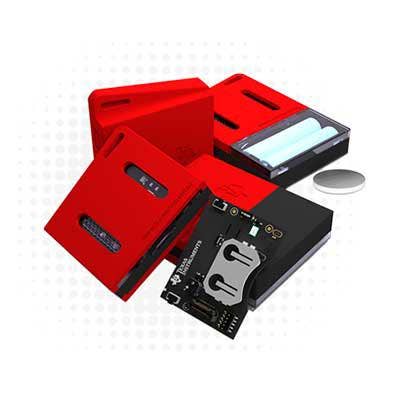
6. Texas Instruments
Texas Instruments took 3.4 percent of the worldwide semiconductor market share in 2015, with revenue in 2015 of $11.5 billion -- barely any change from the previous year.
Like other semiconductor companies, including Intel, the Dallas-based company has invested heavily into the Internet of Things, offering an array of cloud solutions, ultra low-power microcontrollers, Sitara processors with scalable processing abilities, and wireless connectivity products such as Bluetooth Smart solutions.
Texas Instruments has also been tightening its focus on key applications such as automotive, industrial and enterprise systems.
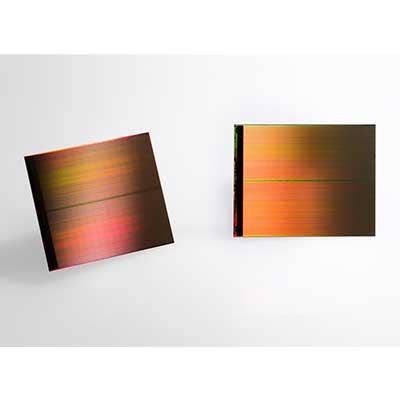
5. Micron Technology
Micron Technology took 4.1 percent of semiconductor market share in 2015. The Boise, Idaho-based company had revenue of $13.8 billion in 2015, down 15.1 percent from the previous year.
Micron, which specializes in memory products, including DDR4 SDRAM and NAND Flash, as well as SATA and PCIe-based solid state drives, offers solutions for an array of applications, including mobile memory, data center, supercomputing and automotive.
In 2015, Micron and Intel jointly introduced breakthrough memory technology, including 3-D XPoint technology for non-volatile memory, which the companies claimed brought memory speeds up 1,000 times faster than NAND.
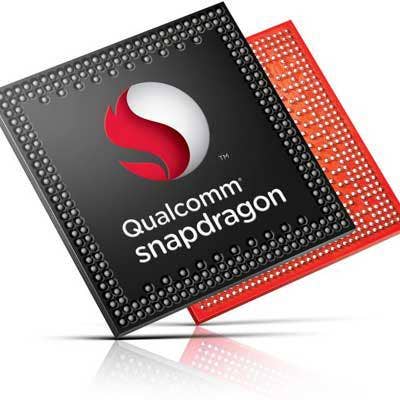
4. Qualcomm
Qualcomm took 4.8 percent of the semiconductor market share in 2015, with revenue totaling $16 billion -- down 16.7 percent from 2014.
The San Diego-based company specializes in mobile computing products, networking and the Internet of Things. Qualcomm’s Snapdragon 820 processor with X12 LTE was unveiled in 2015 and powers several mobile vendors’ newest flagship phones, including the HTC 10, Samsung’s Galaxy S7 and HP’s Elite x3.
Qualcomm has recently been exploring other segments beyond mobile computing, including virtual reality -- Snapdragon 820 is VR-ready and available to developers in a newly released software development kit.
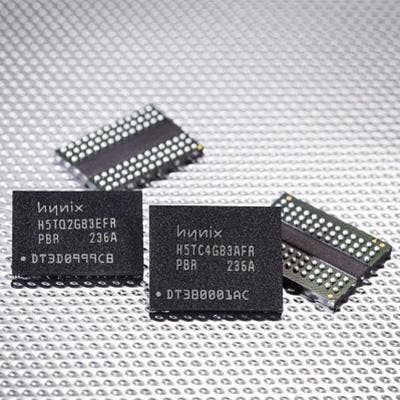
3. SK Hynix
SK Hynix, a South Korean memory semiconductor manufacturer, took 4.9 percent of worldwide market share in 2015. The company brought in $16.3 billion in revenue in 2015, up 2.4 percent from 2014.
SK Hynix, which primarily manufactures SRAM, DRAM and Flash solutions, in 2015 said it would invest $38.9 billion to build three new semiconductor fabrication plants by 2024, going head to head with competitors including Samsung.
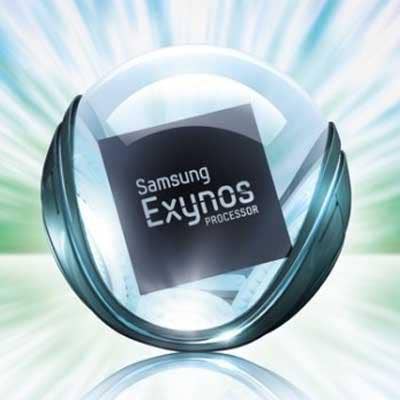
2. Samsung Electronics
South Korean company Samsung Electronics took 11.3 percent of worldwide semiconductor market share in 2015. The company totaled $37.8 billion in revenue in 2015, a 9 percent increase in revenue from the previous year.
Samsung’s dominance in the mobile industry gives the company an edge over companies with a larger investment in desktop applications -- the company’s Exynos 8 Octa SoC integrates modem and application processor (AP) on a single chip for smartphones and tablets.
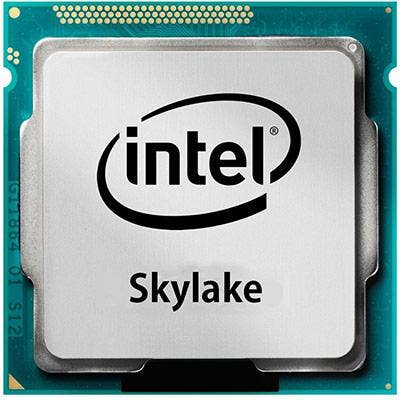
1. Intel
Santa Clara, Calif-based semiconductor manufacturer Intel led the semiconductor industry with 15.4 percent market share. The company’s revenue in 2015 was $51.7 billion, down 1.2 percent from the previous year.
The slow PC market in 2015 caused Intel problems as its processors are mainly used in desktops, but the company has tried to offset that challenge by investing heavily in the data center and Internet of Things segments.
Intel also joined the slew of semiconductor companies making strategic acquisitions in 2015 with the acquisition of Lantiq. Driven by Lantiq’s broadband gateway and digital home capabilities, the acquisition helped Intel almost double its wired ASSP business. The company also completed its biggest-ever acquisition of Altera, which expanded Intel into field-programmable gate arrays.